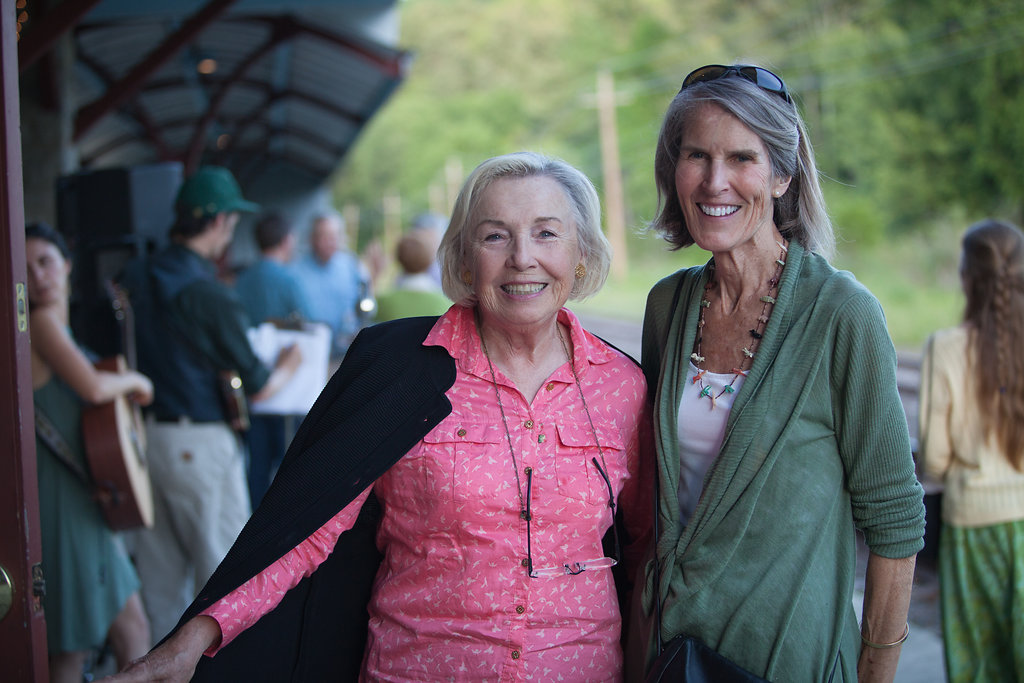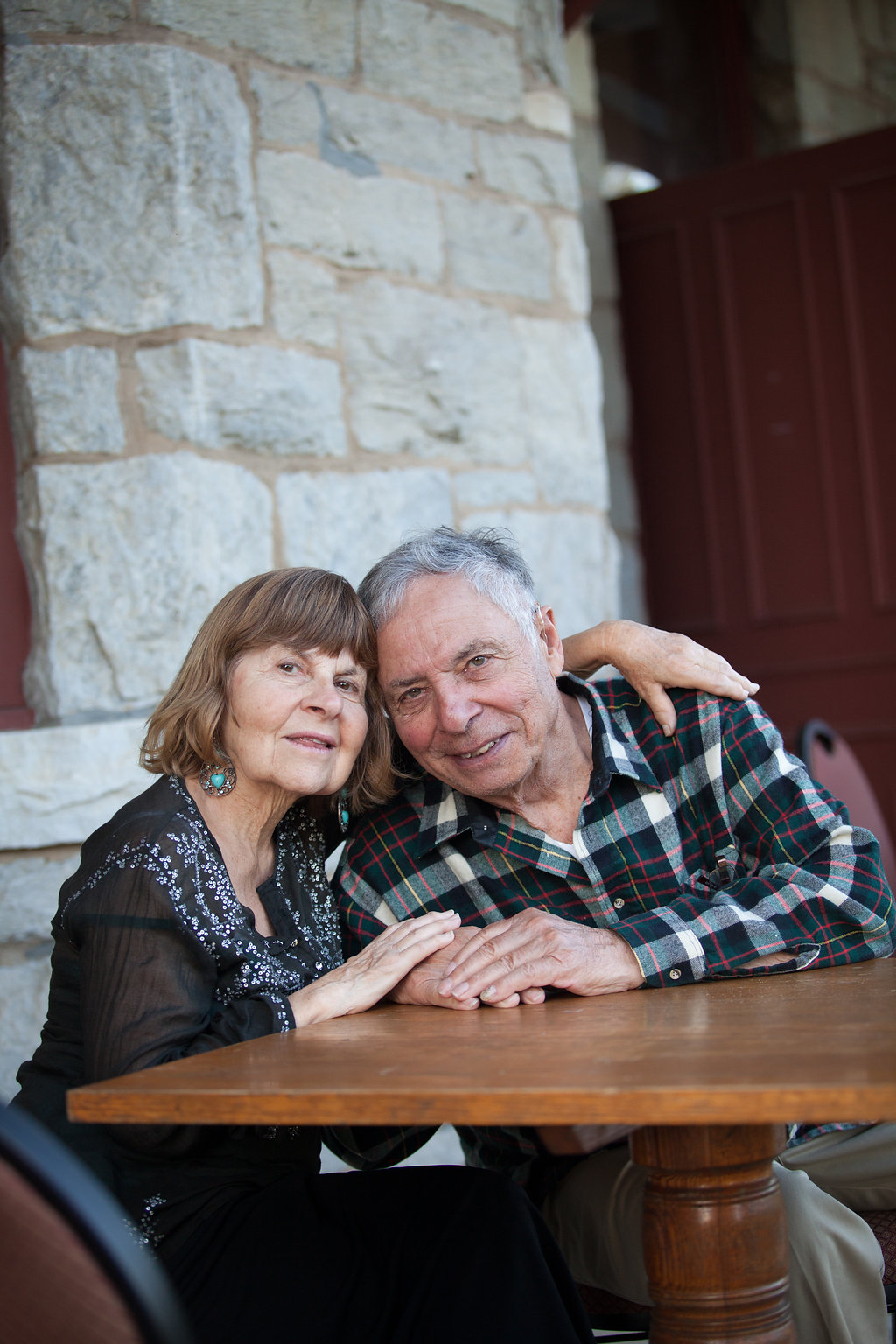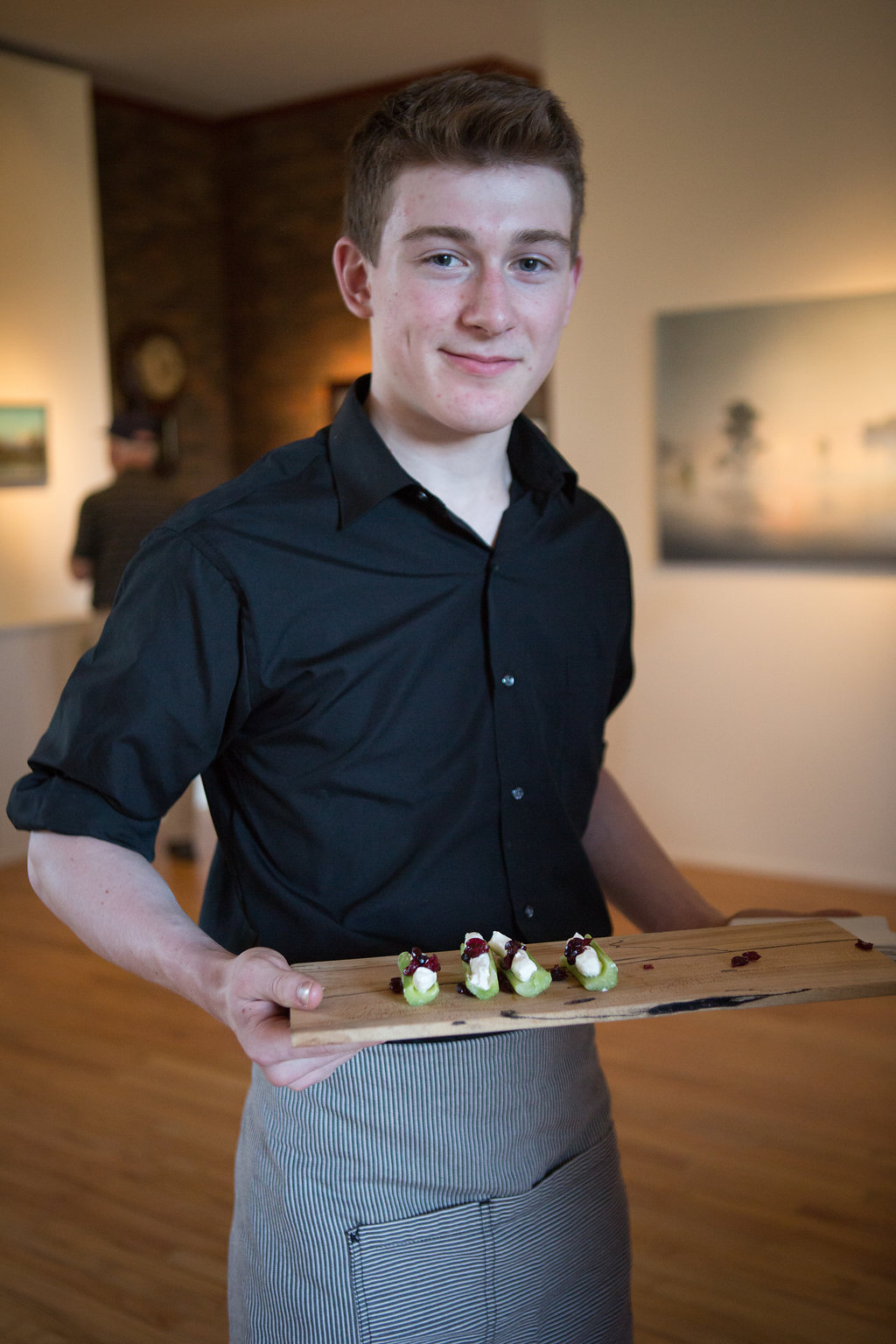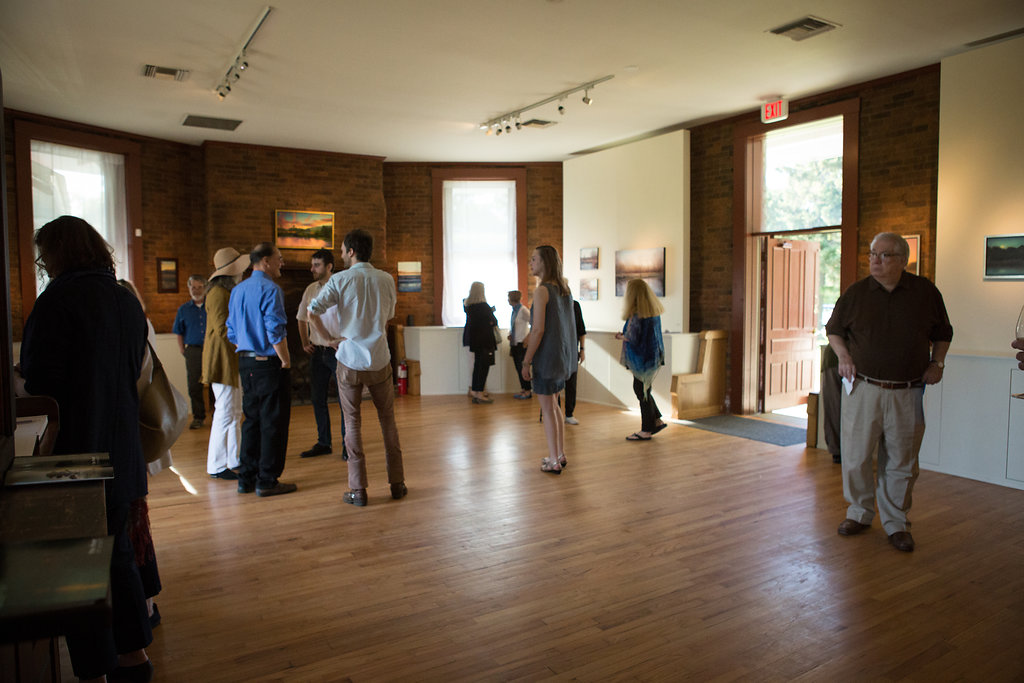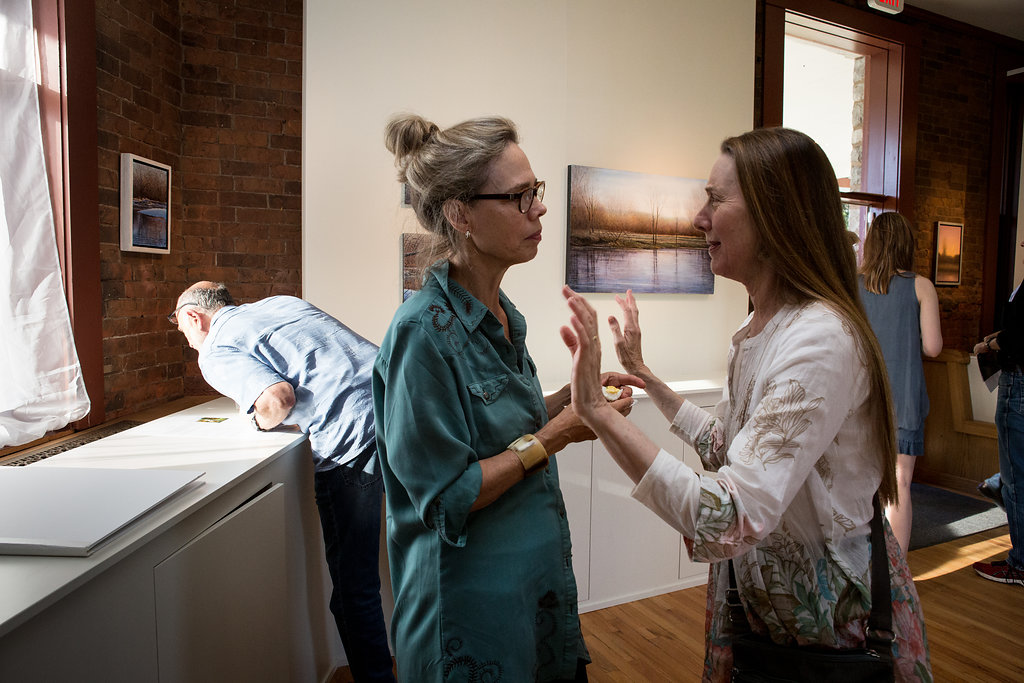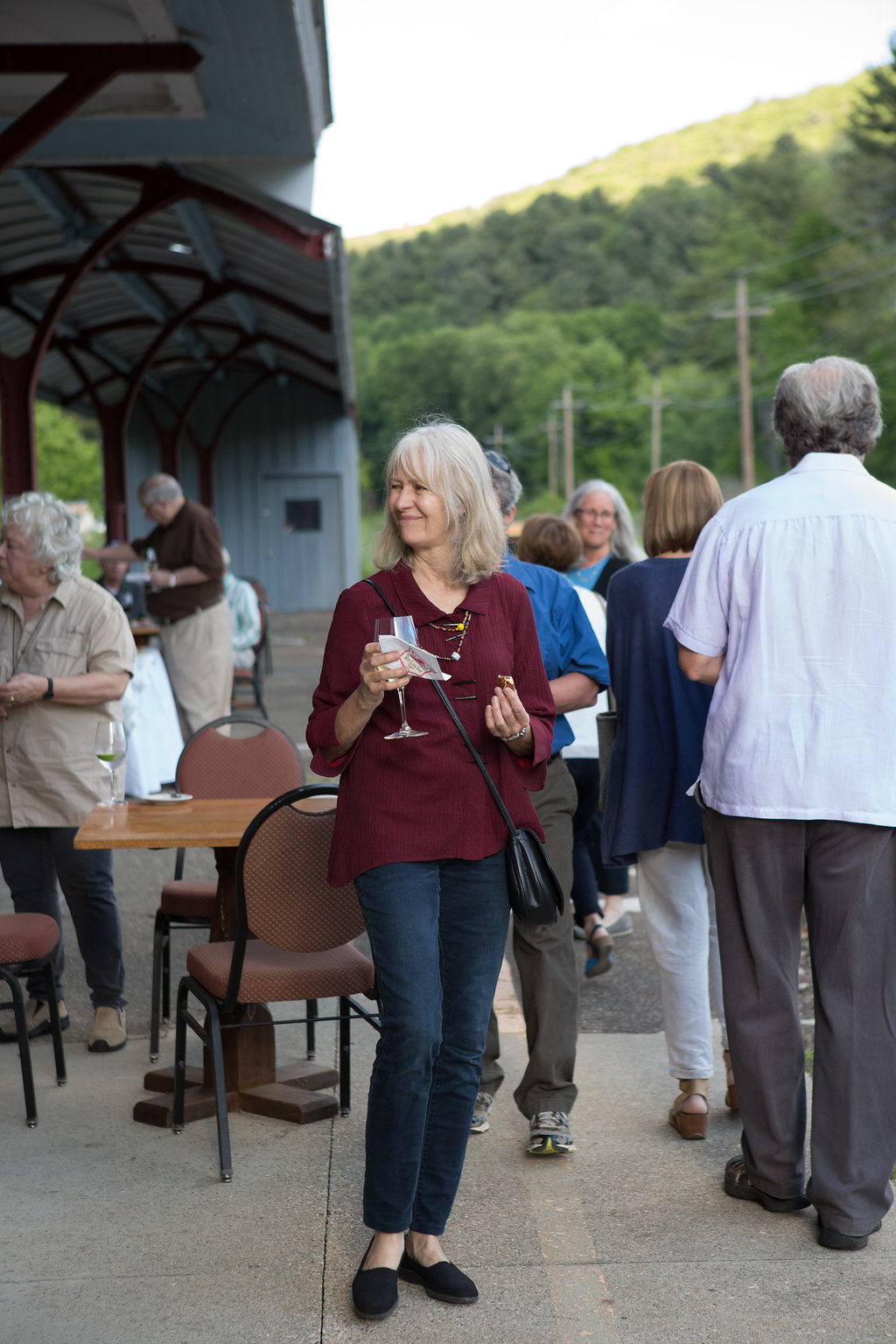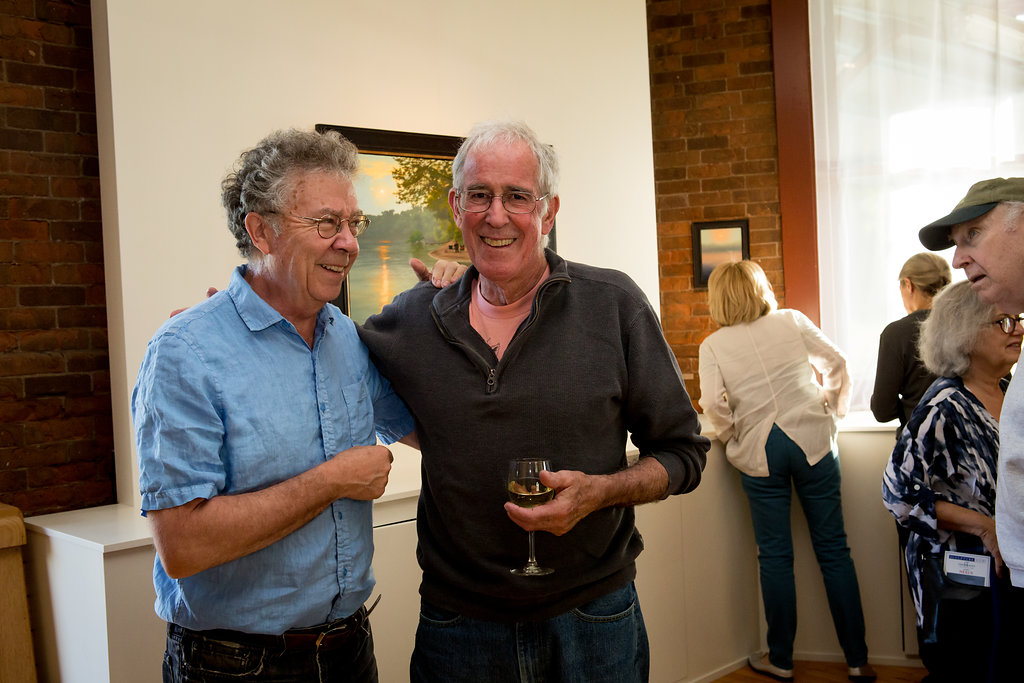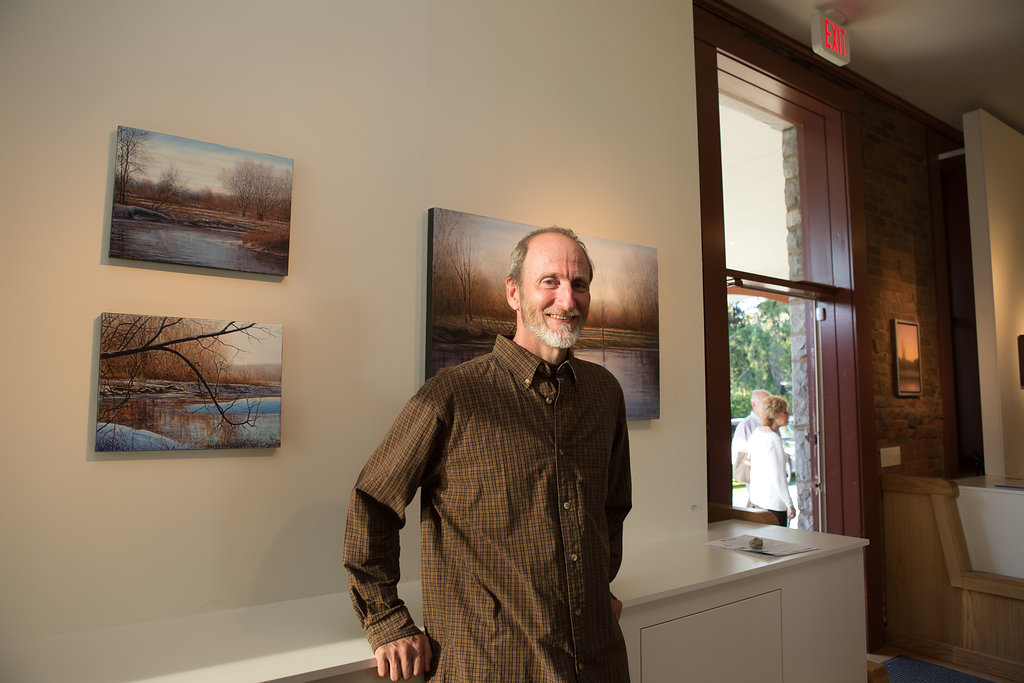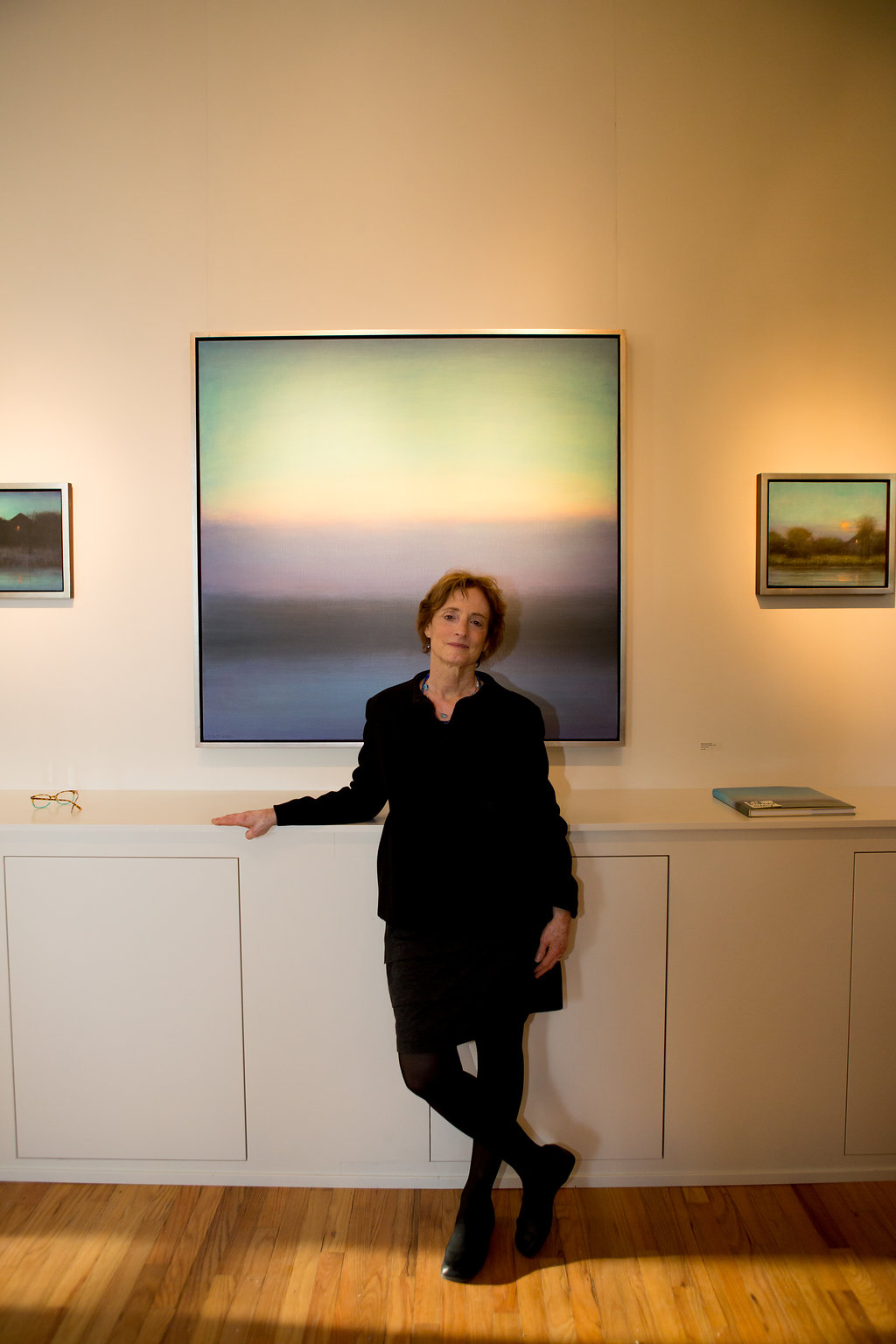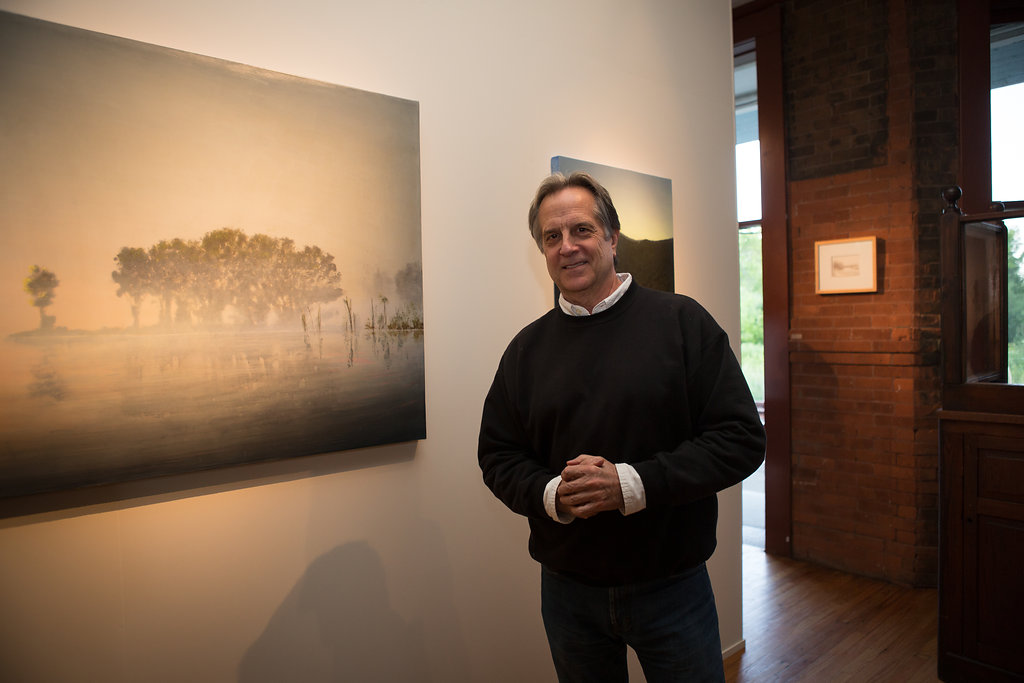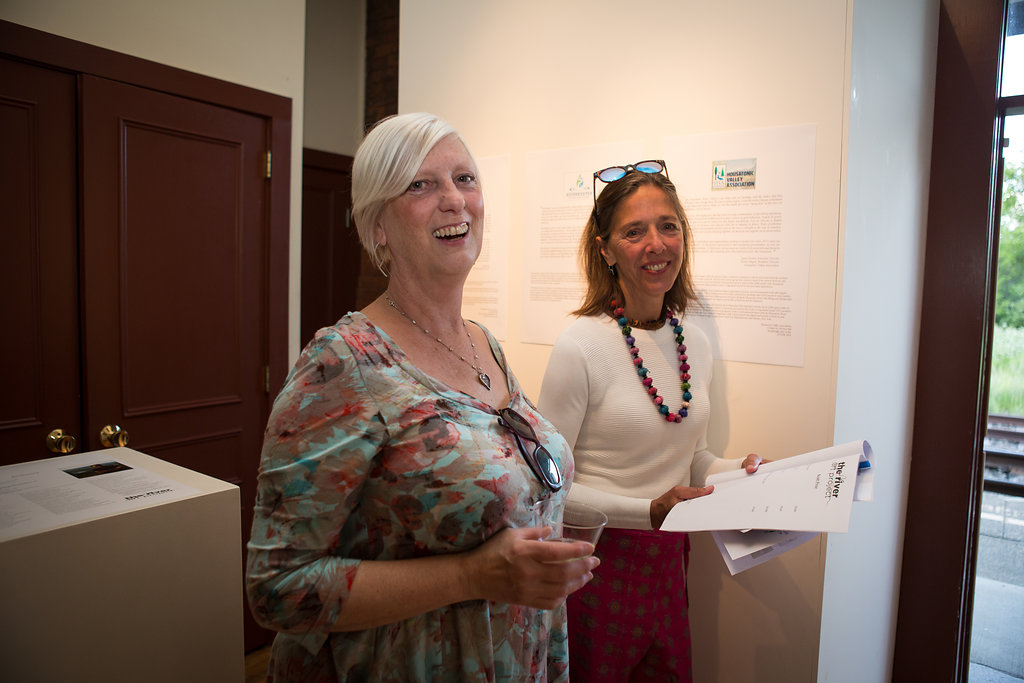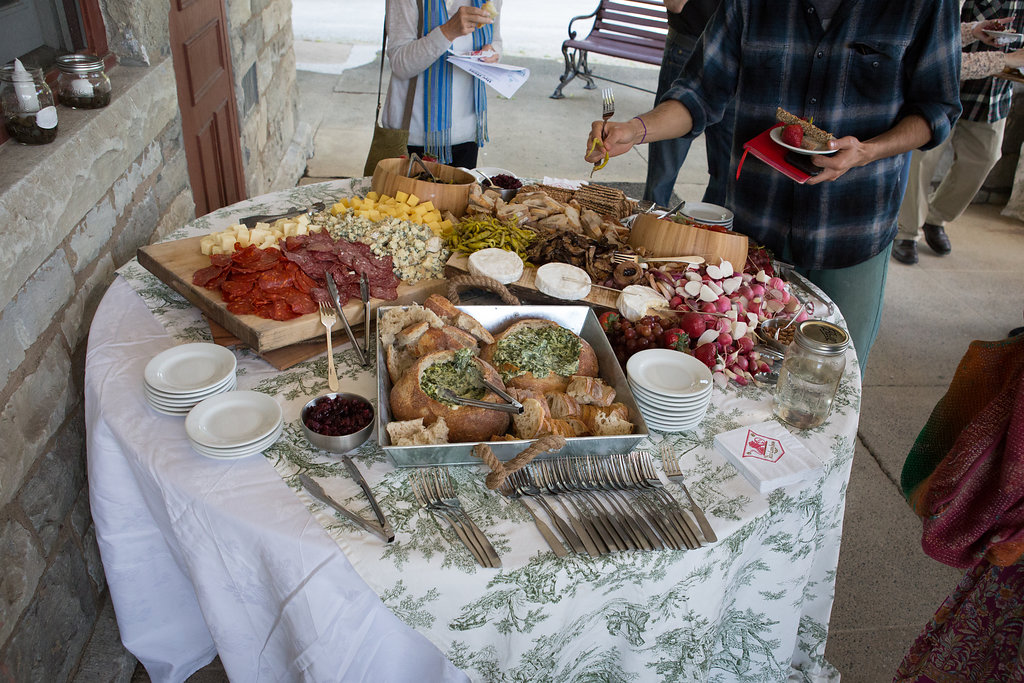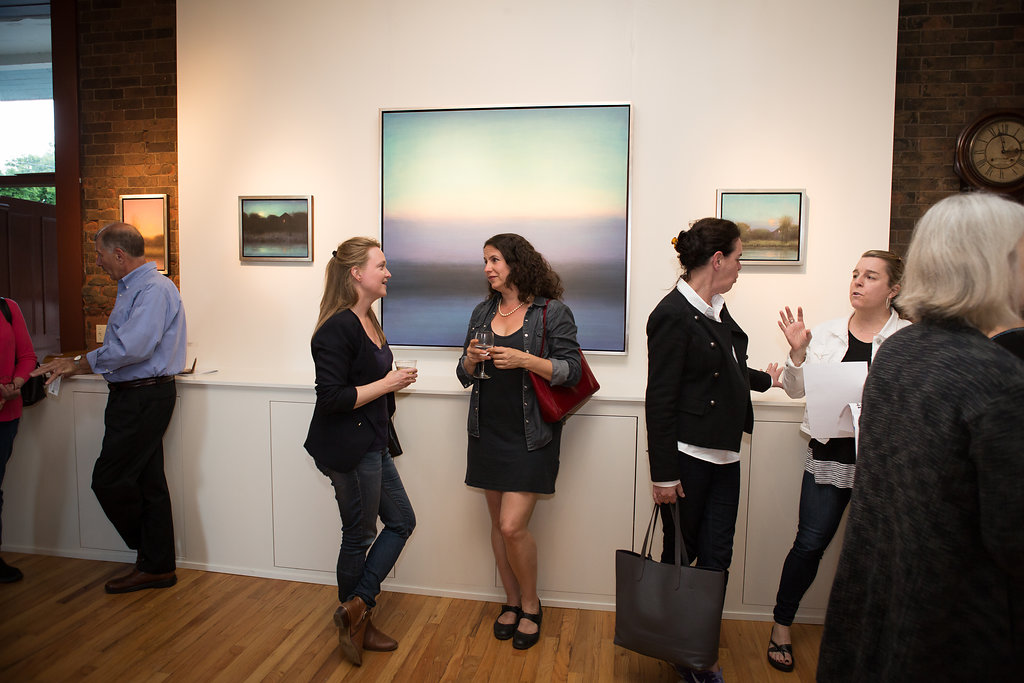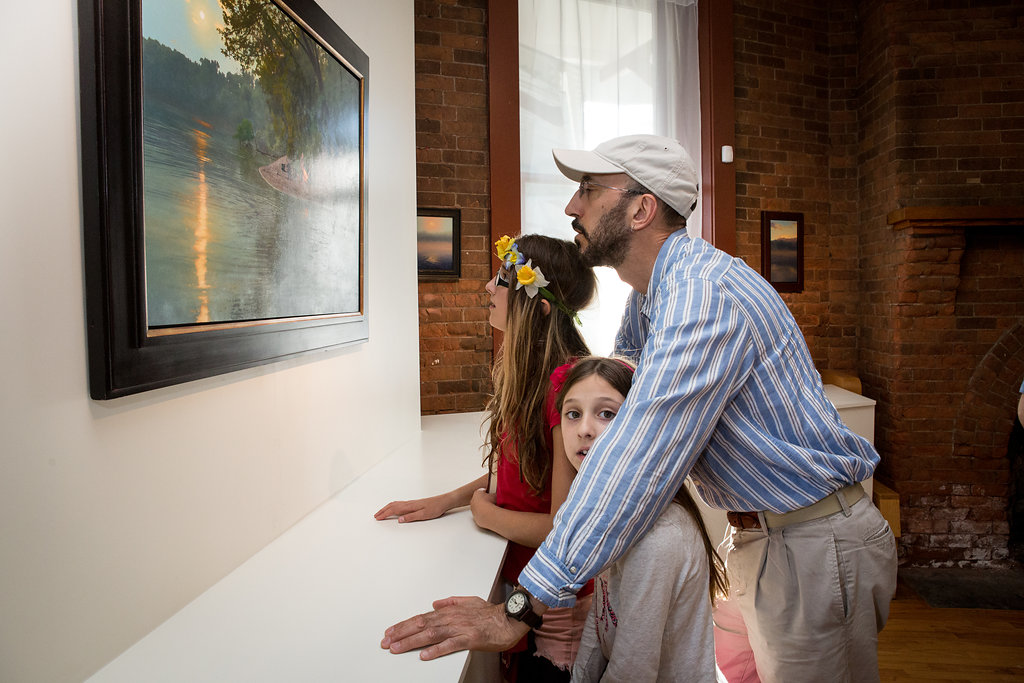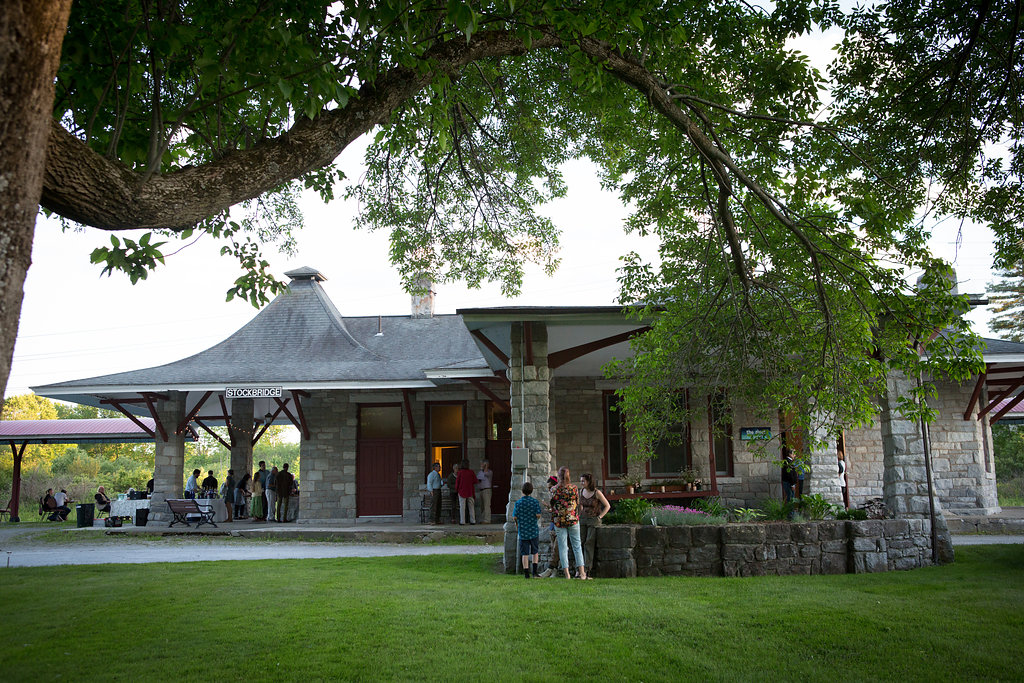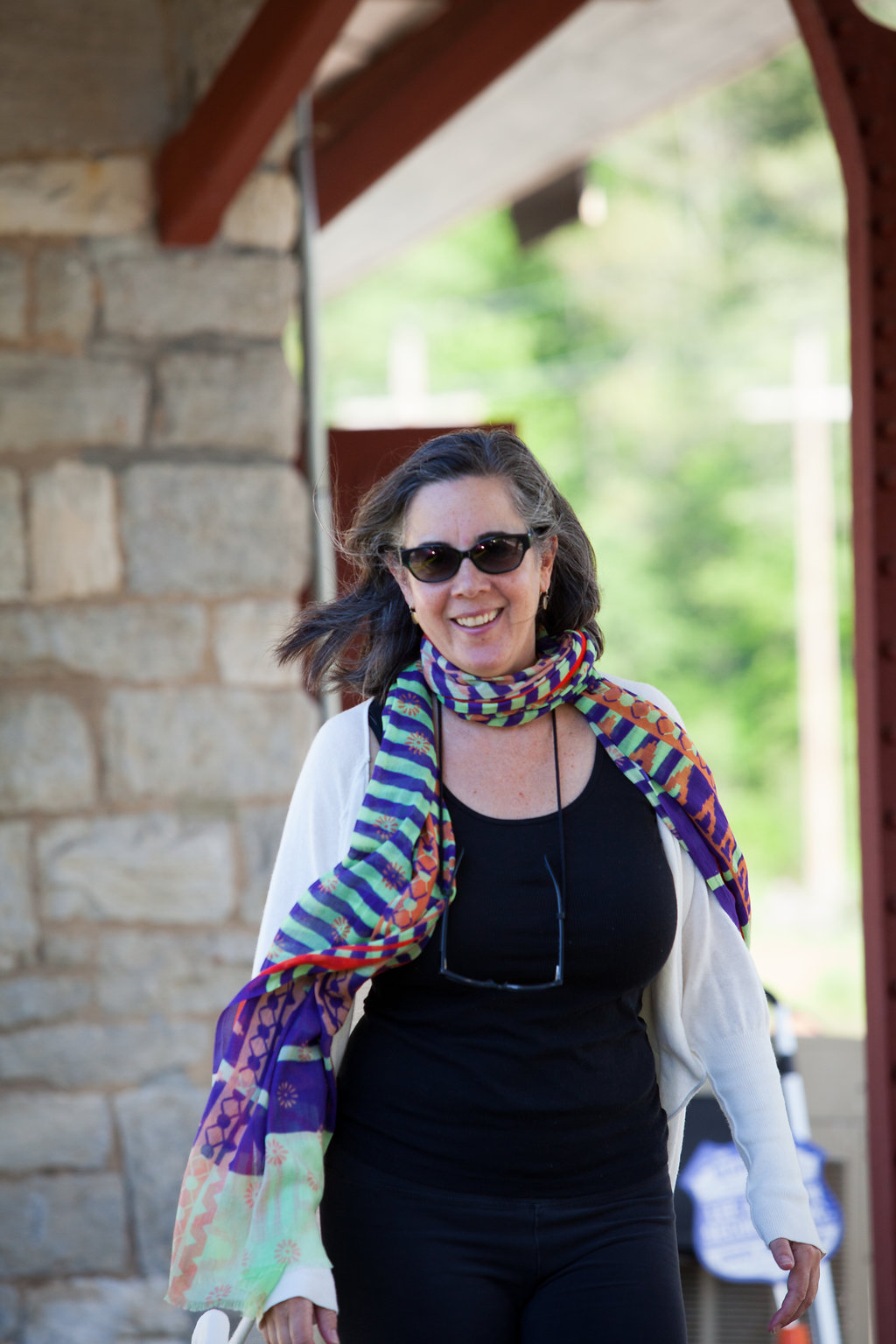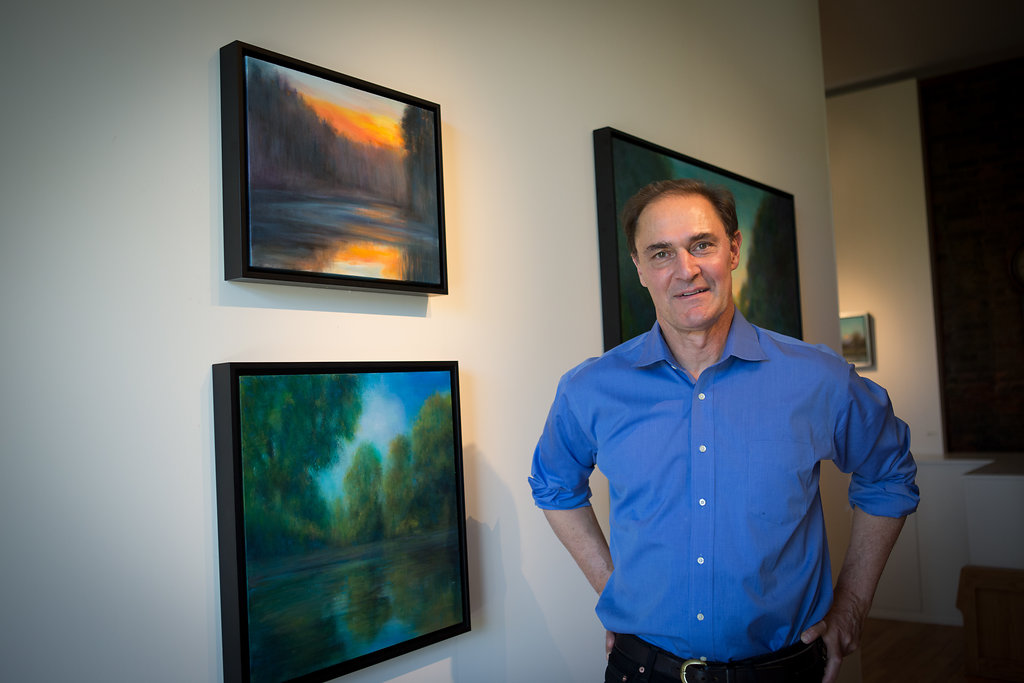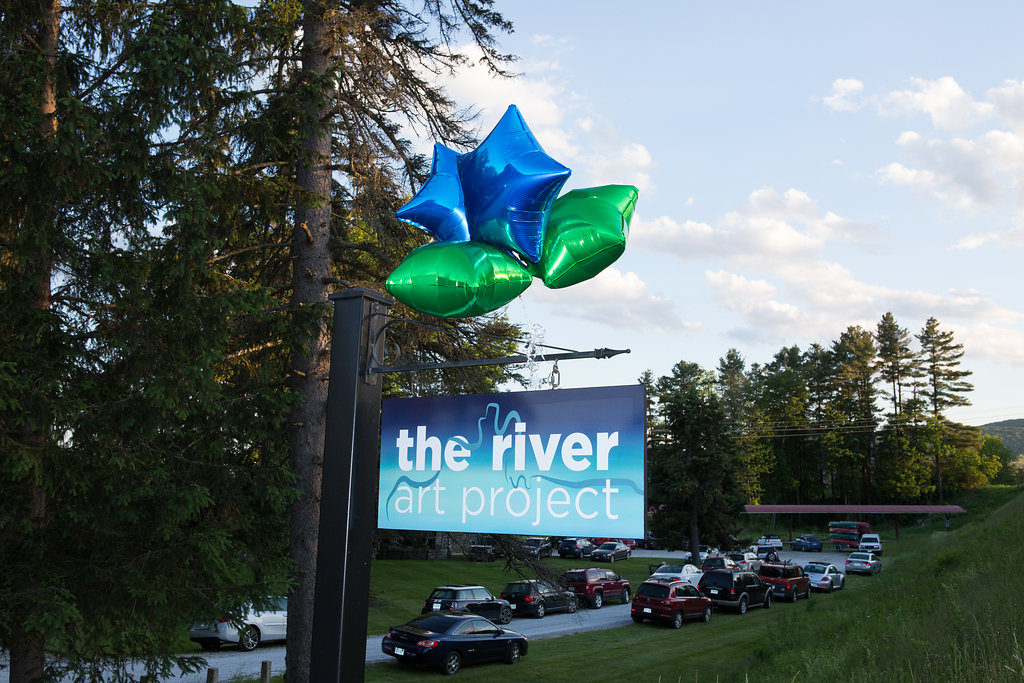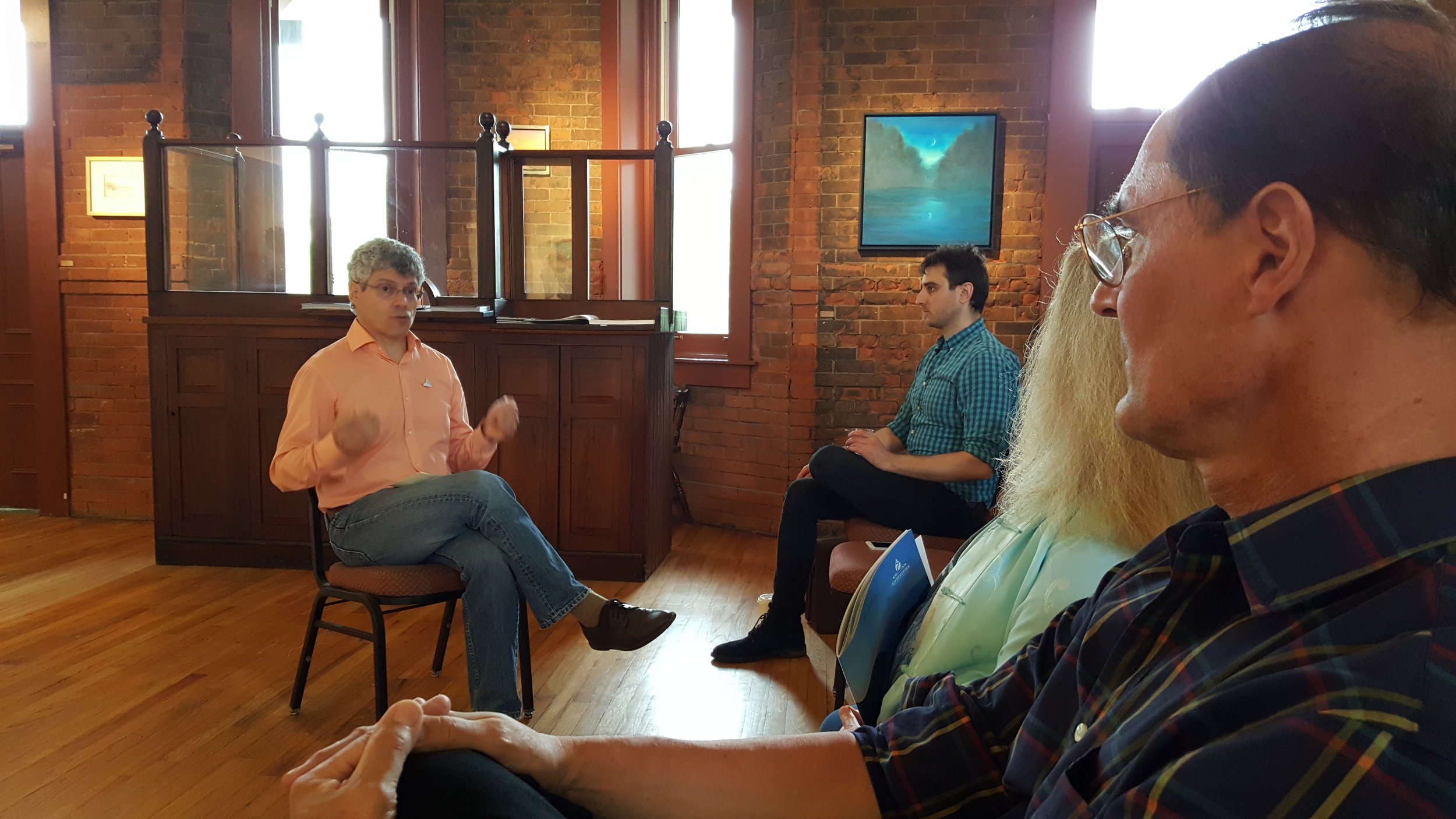“We should protect all our freshwater. It’s really critical for us to be taking care of our rivers and our lakes, our ponds and our freshwater, and to be river smart. One of our focuses these days is how do we get the word out even more, about what we can do, why it’s necessary, and what each of us can do to help protect our waters?”
These were not rhetorical questions. Dixon followed each of them up with simple, step-by-step directions. Asphalt was the first such topic of explanation. Many pollutants ranging from automobile oil to animal waste to pesticides make their way into our rivers when rain pours, causing water to flow across asphalt surfaces, from driveways to highways, and into nearby rivers, depositing all the pollutants it picked up along the way.
“Polluted storm water runoff is our key problem today, and this is what we’re focusing our education about,” said Dixon. “Asphalt channels direct the storm water runoff from the roads right into the river at pretty much every road crossing. We can list all the things that may go down these drains and down these channels—litter, soil and sediment, motor oil, animal waste, car wash waste, thermal pollution from when roads heat up in the hot sun. Many of our critters like it nice and cool.”
She also pointed to the significance of storm drains, lining many busy streets, which flow directly into the nearest river. Soil and pollutants can flow down these drains, especially near active construction and industrial sites where soil is perturbed by human activity, and clog the gills of river wildlife or smother their eggs. It can also cause water temperature to rise as a result of such sediment being more absorbent of heat and decreasing oxygen levels in the water.
Dixon then pointed to various technologies that can prevent this cycle of water pollution. One is porous asphalt—a type of asphalt that soaks up water and the pollutants carried with it. When used in parking areas, it can catch liquid motor vehicle waste before the oil reaches the watershed. It has to be vacuumed periodically, but otherwise serves as a sound buffer between land pollutants and river water.
Another innovation is the use of “green roofs”—building rooftops covered in vegetation. While most types of roofs send polluted rainwater downward to the street where it drains into rivers, such building-top gardens soak up those pollutants before they make it to ground level.
She then directed the audience’s attention to the storm gardens recently installed along Pittsfield’s North Street.
“They’re beautiful gardens, but they are set down below street level to allow that rain to flow in through the inlets. In a big storm they fill right up and any of those pollutants get absorbed and digested by the soil,” explained Dixon. “It takes up all the heat and pollutants and sediment and slows the flow right to the river. It was a brave step for Pittsfield to do. I don’t know of another city in the Northeast that’s installed them on Main Street.”
The remainder of Dixon’s suggestions for each and every one of us to prevent river pollution is summarized as follows:
- In urban areas, redirect runoff from roofs to roof, lawn, or rain gardens.
- Use a rain barrel to collect fresh rainwater and use it to water your plants, though avoid using such water to feed vegetables.
- If you live on a runoff channel (a place next to a river where rain water makes its way into the water supply) create a garden or path of vegetation between your lawn and the river. This vegetation will catch pollutants before they find their way to the water.
- If you’re landscaping a property, see if you can install porous asphalt or concrete.
- Be sure to test your soil before you add and fertilizer or compost.
- See what invasive species are growing on your property and fight them to the death. Native species support insect life. Plant as many native species as you can. As Dixon puts it, “The more native plants we can provide, the more habitat that we can provide for all our native insects and all those that feed on those insects.”
- Focus on the little things you can do to reduce water consumption and pollution. Don’t flush wipes (even "flushable wipes") or prescription medications. Keep all chemicals and grease off of your driveway and away from rainwater runoffs. Try not to flush things down the drain with hot water.
- Don’t wash your car on pavement. This can leave oil and soap on the surface which will be washed into the nearest riven when it rains. Instead, wash vehicles on the grass, which absorbs these chemicals right away.
Ending on a positive note, Dixon made it clear that most portions of the Housatonic River are safe enough to swim in, as long as your swim doesn’t follow a rainstorm.
“PCB’s are not in the water column. They’re in the soil,” she clarified. “So if you’re swimming in the river and the soil isn’t suspended in it, you’re not ingesting that. You really have to ingest or inhale it to get it into your system.”
Her talk was followed by an outdoor demonstration, using a scale model of a town and it’s natural water resources, to show how rainwater forces pollutants flow into nearby waters in both prepared and unprepared communities. The message was clear: subtle changes, such as those suggested above, can severely impact the quality of a region’s rivers.
- Andrew Flint is a writer for the cultural sector and a contributor to this blog.
Video:





